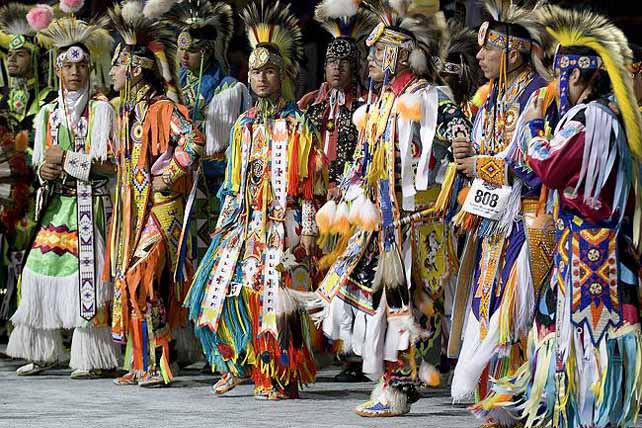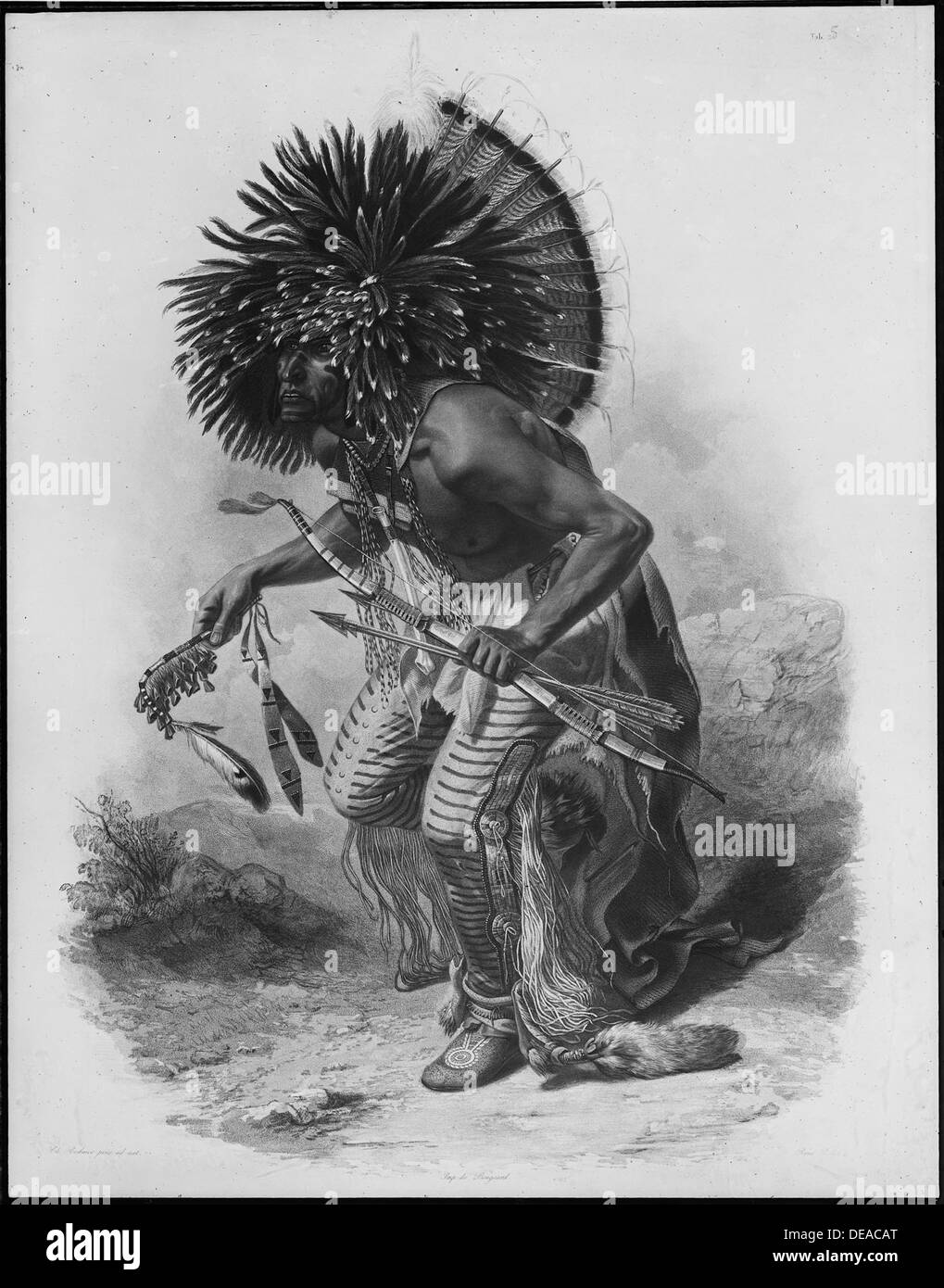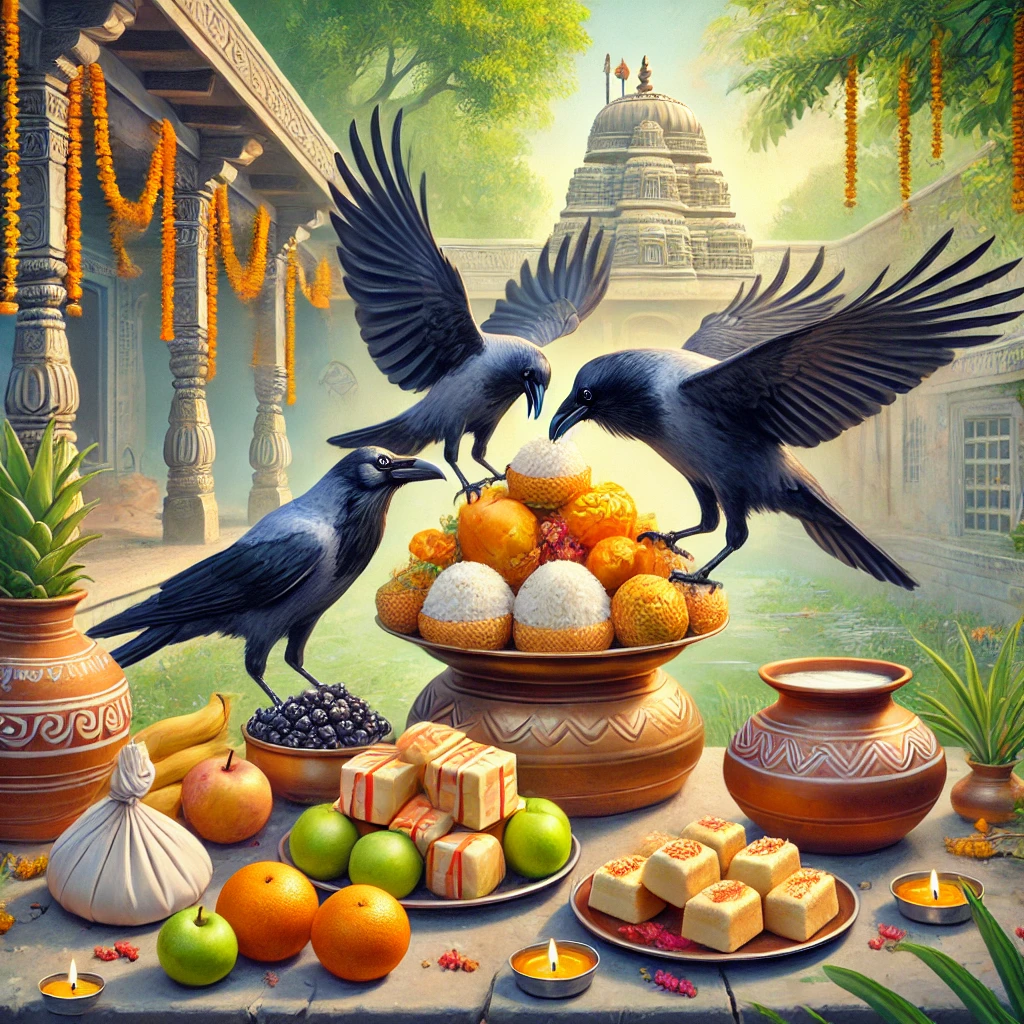
Guardians of the Sacred: The Enduring Ceremonial Heartbeat of the Crow Nation
By [Your Name/Journalist Name]
Amidst the vast, sweeping plains of southeastern Montana, where the Bighorn Mountains rise majestically and the Yellowstone River carves its ancient path, lies the heartland of the Apsáalooke – the Crow Nation. For centuries, these resilient people, known as "children of the large-beaked bird," have maintained a profound spiritual connection to their land and an unbroken chain of ceremonial practices that define their identity, heal their spirits, and guide their path through a rapidly changing world. Far from being relics of the past, these traditions are a vibrant, living heartbeat, meticulously preserved and powerfully practiced today.

The Crow, a Plains Indian tribe with a rich history rooted in buffalo culture, have always understood that their physical survival was intrinsically linked to their spiritual well-being. Their ceremonies are not mere rituals; they are the very fabric of their cosmology, connecting them to the Creator, to their ancestors, to the land, and to each other. They are vehicles for prayer, healing, instruction, and the perpetuation of a worldview that emphasizes balance, respect, and communal responsibility.
The Sweat Lodge: A Return to the Womb of Mother Earth
One of the most foundational and widely practiced ceremonies among the Crow, as with many Indigenous nations, is the Sweat Lodge, or Inipi. Often the precursor to other major ceremonies, the Sweat Lodge is a powerful purification rite, a place of prayer, healing, and spiritual renewal. Participants enter a dome-shaped lodge, typically constructed from willow saplings covered with blankets or tarps, creating a dark, womb-like enclosure. Inside, superheated stones, glowing red from a sacred fire outside, are brought in and placed in a central pit. Water is then poured over the stones by a ceremonial leader, generating intense steam that fills the lodge.
"The Sweat Lodge is where we go to wash away our impurities, both physical and spiritual," explains Thomas Yellowtail (1903-1993), a revered Crow elder and Sun Dance chief, whose teachings have been widely documented. "It’s a place of humility and surrender, a chance to reconnect with the elements – the earth, the water, the fire, and the air – and to pray for ourselves, our families, and all of creation."
Each round of the Sweat Lodge (typically four) is dedicated to specific prayers, songs, and reflections. The heat, the darkness, and the shared vulnerability forge a powerful communal bond, reinforcing the understanding that all are connected in their spiritual journey. It is a profound experience of cleansing and rebirth.
The Vision Quest: Seeking Guidance from the Spirit World
For those seeking deeper spiritual guidance, a personal mission, or a rite of passage, the Vision Quest, or Hanblecheya (Crying for a Vision), stands as a solitary yet profoundly impactful ceremony. Traditionally undertaken by young men and sometimes women, and often guided by an elder, the Vision Quest involves a period of isolation, fasting, and prayer in a remote, sacred location, often high in the mountains.
The seeker leaves behind all material comforts, sometimes with only a blanket and a pipe, to commune directly with the spirit world. Days are spent in prayer, meditation, and waiting for a vision – a message, a sign, or an animal helper – that will provide direction for their life, answer a pressing question, or bestow a spiritual gift. It is a journey of self-discovery through hardship and a profound act of trust in the universe.

"When you are out there alone, hungry and thirsty, you learn what truly matters," shared a contemporary Crow spiritual leader, who wished to remain anonymous to protect the sacredness of the practice. "You are stripped down to your essence, and that’s when the Creator can speak to you most clearly. It’s not about finding something, but about being found."
Upon returning, the seeker shares their experience with their guiding elder, who helps interpret the vision and integrate its lessons into their life. The Vision Quest is a testament to the Crow belief in direct communication with the spiritual realm and the importance of individual spiritual growth for the benefit of the community.
The Sun Dance: Sacrifice for Community and Renewal
Perhaps the most prominent and powerful ceremony among the Plains tribes, including the Crow, is the Sun Dance, or A’nii’sa’kapi in Apsáalooke. This annual, multi-day ceremony, typically held in mid-summer, is a profound act of prayer, sacrifice, and renewal for the entire community and beyond. Its primary purpose is to pray for healing, for the well-being of the Nation, for bountiful harvests, and for the health of the earth.
The Sun Dance involves participants (often referred to as "dancers") who commit to a period of fasting, continuous dancing, and often, a form of self-sacrifice. Traditionally, this sacrifice might involve piercing the skin on the chest or back and attaching themselves to the central pole of the Sun Dance lodge with ropes, leaning back until the skin tears free. While this practice is deeply personal and spiritual, it is often misunderstood by outsiders. It is not about pain for pain’s sake, but about offering a profound physical sacrifice in humility and devotion, a tangible manifestation of prayer for the benefit of others.
"The Sun Dance is about offering everything you have, your breath, your strength, even your flesh, for the healing of your people and the world," a Crow Sun Dance participant once explained. "It’s a powerful testament to our connection to each other and to the Creator. When we dance, we dance for everyone, not just ourselves."
The Sun Dance lodge itself is a sacred structure, carefully built according to ancient protocols, symbolizing the universe. The central pole represents the Tree of Life, connecting the earth and the sky. The ceremony is intensely communal, with families camping around the lodge, supporting the dancers, and participating in prayers and songs. It is a powerful reaffirmation of tribal identity and spiritual strength.
The Sacred Pipe and Bundles: Vessels of Prayer and History
Integral to nearly all Crow ceremonies is the use of the Sacred Pipe (Chanunpa). More than just a smoking device, the pipe is a profound spiritual tool, a conduit for prayer, and a symbol of unity between heaven and earth, male and female, and all of creation. When the pipe is lit, the smoke carries prayers directly to the Creator. Offering the pipe to the four directions, to the sky, and to the earth acknowledges the sacredness of all things.
Sacred Bundles are another cornerstone of Crow spiritual life. These are meticulously wrapped collections of sacred objects – pipes, feathers, herbs, stones, animal parts, and other items – that have been passed down through generations. Each bundle has a unique history, specific songs, and prayers associated with it, and holds immense spiritual power. They are opened only for specific ceremonial purposes or during times of great need, and their care is a profound responsibility, often entrusted to specific families or individuals. These bundles are not merely artifacts; they are living repositories of Crow history, prophecy, and spiritual power.
Enduring Traditions in a Modern World
Despite centuries of immense pressure – including forced assimilation, the banning of ceremonies by the U.S. government (which lasted until the American Indian Religious Freedom Act of 1978), the loss of land and traditional ways of life, and the devastating impact of diseases and poverty – the Crow Nation has fiercely guarded its spiritual heritage.
Today, Crow ceremonial practices continue to thrive, often adapting to contemporary challenges while retaining their core integrity. Powwows, while not traditional ceremonies in the same vein as the Sun Dance, play a vital role in cultural preservation, bringing communities together for dance, song, storytelling, and the vibrant display of regalia. Language revitalization efforts are also crucial, as the Apsáalooke language holds the nuanced meanings and prayers essential to truly understanding and participating in these sacred ways.
"Our ceremonies are not just about looking back; they are about looking forward," says Dale Old Horn, a prominent Crow scholar and elder. "They teach us resilience, humility, and the importance of our community. They remind us who we are, where we come from, and our responsibilities to the next generation."
The Crow Nation’s enduring commitment to their sacred practices is a testament to their profound spiritual depth and an inspiring example of cultural resilience. From the purifying steam of the Sweat Lodge to the communal sacrifice of the Sun Dance, these ceremonies continue to provide strength, healing, and identity, ensuring that the sacred heartbeat of the Apsáalooke continues to resonate across the vast plains for generations to come. They stand as a powerful reminder that true wealth lies not in material possessions, but in the spiritual traditions that bind a people to their past, present, and future.


